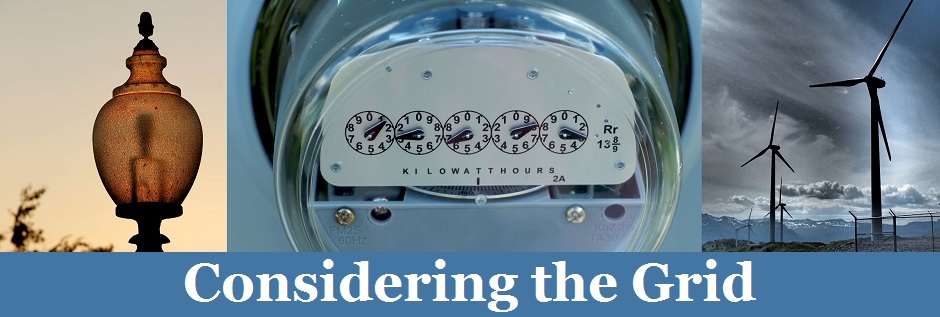On July 31st, Michigan utility DTE Energy Company (DTE) filed a petition for a writ of certiorari seeking Supreme Court review of EPA’s New Source Review (NSR) enforcement authority as relates to DTE’s coal-fired power plant in Monroe, Michigan. DTE seeks to overturn United States v. DTE Energy Co., 845 F.3d 735 (6th Cir. 2017) (“DTE II”), which addresses the issue of whether EPA’s NSR enforcement authority permits it to challenge a plant operator’s emissions projections for a project before construction and operation begin. In its petition, DTE argues that NSR is triggered only when a physical change to an existing plant in fact significantly increases the plant’s pollution.
The Clean Air Act’s NSR program prohibits the construction of new sources of pollution without a permit. 42 U.S.C. § 7475. In addition to new power plants, the NSR permitting requirements apply to existing sources of pollution that undergo “major modifications,” that is, any physical or operational change that would result in a significant increase in net emissions of a regulated pollutant. 40 C.F.R. § 52.21(b)(2)(i). EPA regulations require plant operators to make pre-construction projections of whether and to what extent emissions will increase following construction. While a NSR permit is required only if the operator projects that the project will cause a significant net emissions increase, 40 C.F.R. § 52.21(a)(2)(iii), reporting and monitoring obligations also attach for projects that create a “reasonable possibility” that the project may result in a significant emissions increase. 67 Fed. Reg. 80,186, 80,191 (Dec. 31, 2002).
DTE began a project to replace old boiler tubes in its Monroe 2 power plant in March 2010, and calculated that the project would create a reasonable possibility of an emissions increase. The day before construction commenced, DTE submitted a notification to the Michigan Department of Environmental Quality (MDEQ) stating that it predicted an increase in post-construction emissions 100 times greater than the minimum necessary to constitute a “major modification” under the NSR program. However, DTE characterized the project as routine maintenance, and also reported that the entire emissions increase was the result of consumer demand growth. Both designations, if accurate, would exempt the project from NSR—though DTE did not provide any evidence supporting its decision to classify the project as such.
EPA filed an enforcement action in district court, arguing that the project required a permit under the NSR program. DTE agreed that it had not obtained a NSR permit before beginning construction, but took the position that it did not have to. Instead, DTE argued that it had satisfied all of its Clean Air Act obligations by projecting post-construction emissions, determining that they did not constitute a major modification, reporting those findings to the MDEQ, and continuing to monitor the project during construction. So long as those pre-project requirements were met, DTE argued, EPA’s NSR enforcement authority would be triggered only if the project in fact caused a significant increase in emissions in its post-construction operations.
The district court initially granted summary judgment to DTE, finding that EPA’s enforcement action was premature because construction had not yet produced an actual increase in emissions. The Sixth Circuit reversed and remanded in United States v. DTE Energy Co., 711 F.3d 643, 648 (6th Cir. 2013) (“DTE I”), holding that EPA is authorized to bring an enforcement action based on projected emissions increases, and without first demonstrating that emissions had actually increased as a result of the project. The district court again entered summary judgment for DTE on remand. Then, hearing the case a second time, the Sixth Circuit held that while DTE was not required to secure the EPA’s approval of its emissions projections or the Monroe 2 project before beginning construction, the Clean Air Act permitted EPA to challenge those predictions prior to the point at which the project is built. The court commented, “applicability of NSR must be determined before construction commences and . . . liability can attach if an operator proceeds to construction without complying with the preconstruction requirements in the regulations.” DTE II, 845 F.3d at 741.
DTE’s cert petition emphasizes its argument that EPA’s enforcement authority should not attach because the Monroe 2 project did not in fact cause a significant increase in emissions. The petition asks the Court to rule on the question of “whether, contrary to the text of the statute and EPA’s regulations, the Government can treat a maintenance project that demonstrably has not caused a significant increase in emissions as a major modification that triggers NSR permitting requirements.” DTE argues that the Court should hear the case because:
Left standing, the decision below threatens to paralyze substantial maintenance projects throughout the nation. If NSR can be triggered, and penalties imposed, even when an operator correctly predicts that a project will not increase emissions, then operators are left with no way to meaningfully assess the costs and benefits of proceeding with such projects.
EPA’s response is due September 1st.

